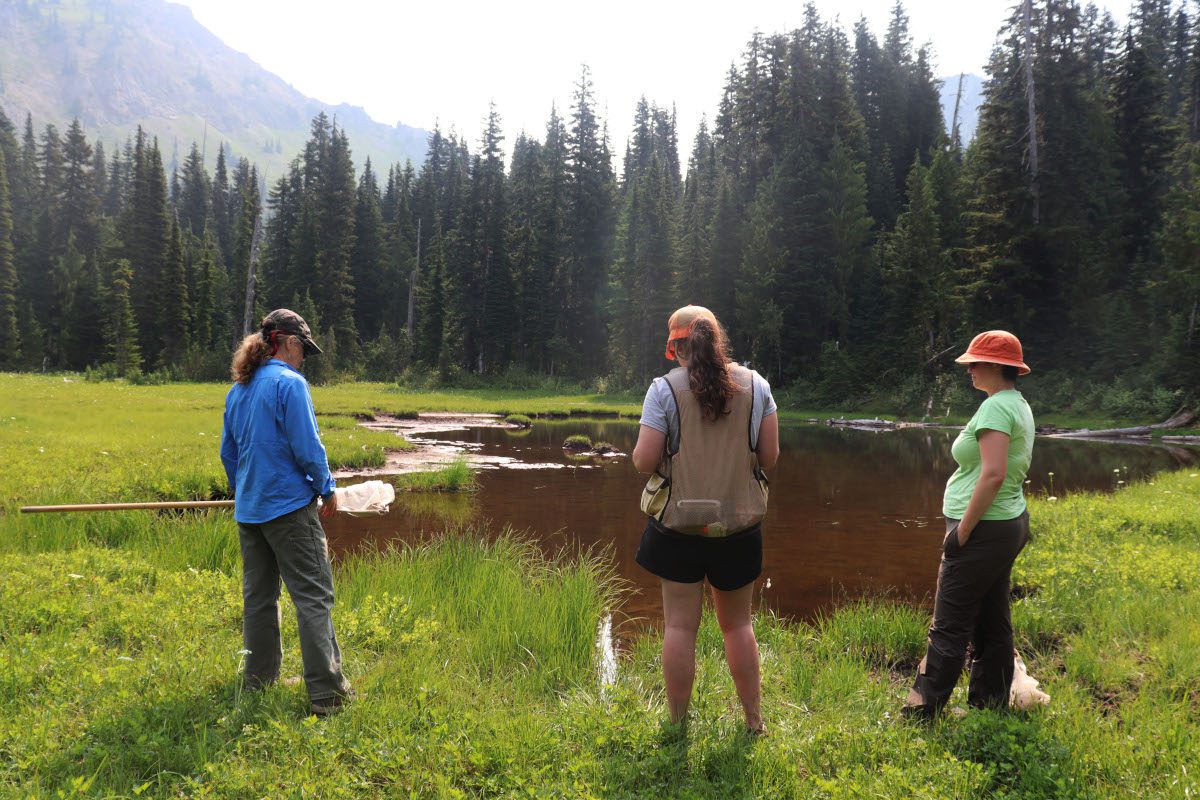
County administrative boards and the Swedish Forest Agency use species sightings reported by the public to make various environmental decisions. This is done largely on the basis of trust between a few actors who determine which sightings can be used as a basis for decisions. Or at least these are the findings of a recent study at the University of Gothenburg.
In a new study, Dick Kasperowski and Niclas Hagen, both theorists of science, have looked at how county administrative boards and the Swedish Forest Agency use reports in Artportalen – a web portal for species sightings of Sweden’s plants, animals and fungi, to which anyone can report species. More than 90 million sightings are registered, and it is now one of the largest species portals in the world. This form of citizen science creates a very valuable knowledge bank for Swedish nature conservation as regards species distribution. As Artportalen is used by several authorities and courts, it also provides researchers with a unique opportunity to understand how citizen data is used.
The study is based on interviews with officials around Sweden who use citizen’s sightings to make decisions on land and water issues. This may concern logging or exploiting land and water areas for road construction, wind turbines, emissions, industrial installations, or other types of interventions that have consequences for the environment. The researchers have studied how officials relate to these sightings when creating basis for such cases.
‘We saw that it is a small number of people who determine which reported sightings will influence decisions about the environment and the use of land and water, and that need not be a problem in itself, but to put it more bluntly, a sighting is not certain just because it has been reported; it is verified through a series of different arrangements and networks where technologies and people interact, and where trust has to be built,’ says Dick Kasperowski.
There are complex interactions between officials’ interpretations of legal texts, the use of computer programmes to map sightings, lists of endangered species, tools to determine the time and place of sightings, and validations by committees within Artportalen. But it may also be that an official personally knows the reporter, or local knowledge of members of an ornithological society that is highly valued by agency staff that is involved.
‘Not infrequently, some submitted data is uncertain, and that’s where trust comes in. We also show that trust is not evenly distributed in this system, but more concentrated in certain actors, which is due to interpersonal relationships that have developed over time,’ says Niclas Hagen.
The knowledge base that is to help our leaders make more informed decisions about major societal challenges, climate, and species preservation depends on many people getting involved, as is the case with Artportalen.
‘However, the validity of sightings is assessed by a small number of officials, members of evaluation committees and environmental lawyers. This means that the existing high expectations for citizen science to democratise science, in an almost representative sense, cannot be met. The higher up the decision-making pyramids we go, the fewer the assessors become, and the more resources they have. This is an issue that needs to be studied in more detail,’ says Dick Kasperowski.
International research shows that participants in citizen science are generally better educated, upper middle class, and middle-aged or older. In the case of large long-term species observation projects, they are dominated by individuals who identify as male, with an interest in certain species, particularly birds.
‘We will now move on with studies of how inequalities can manifest in citizen science,’ says Niclas Hagen.
The study also shows that Artportalen is used in environmental activism to pursue certain environmental issues, such as when there are plans for logging on sites deemed to be of high conservation value. This has resulted in cases in land and environmental courts against Swedish authorities for not complying with national or international environmental laws and conventions.
‘How this can change the political processes for difficult environmental issues is far beyond the scope of this article, but is definitely a question for future research,’ says Niclas Hagen.
The study is presented in Social Studies of Science and is titled Making particularity travel: Trust and citizen science data in Swedish environmental governance.
The article can be freely downloaded via this link: https://journals.sagepub.com/doi/pdf/10.1177/03063127221085241
The research on which the study is based has been conducted within the Citizen Science: collecting and using data for societal change project, funded by Formas (Registration no 2017 – 01212).






